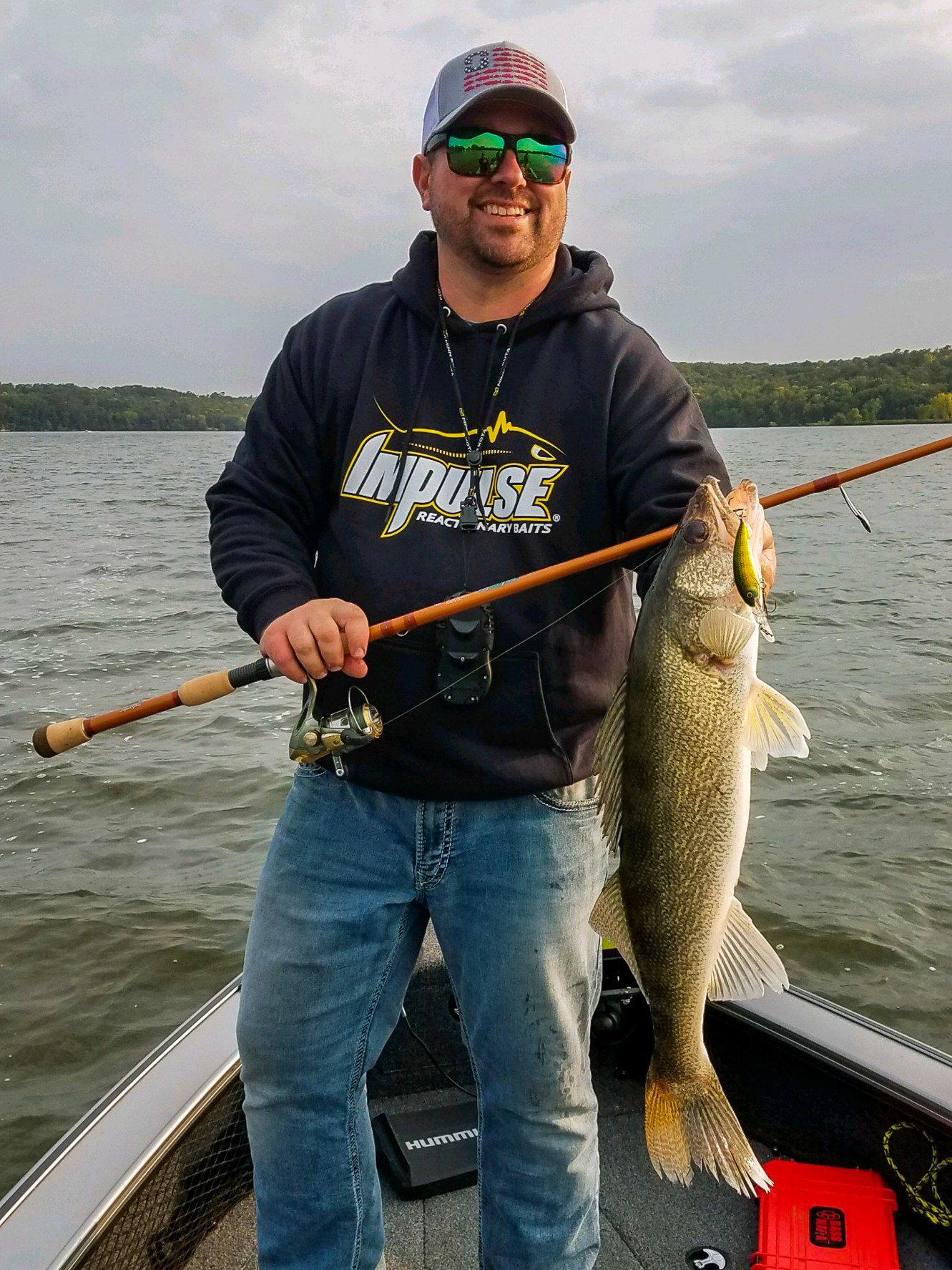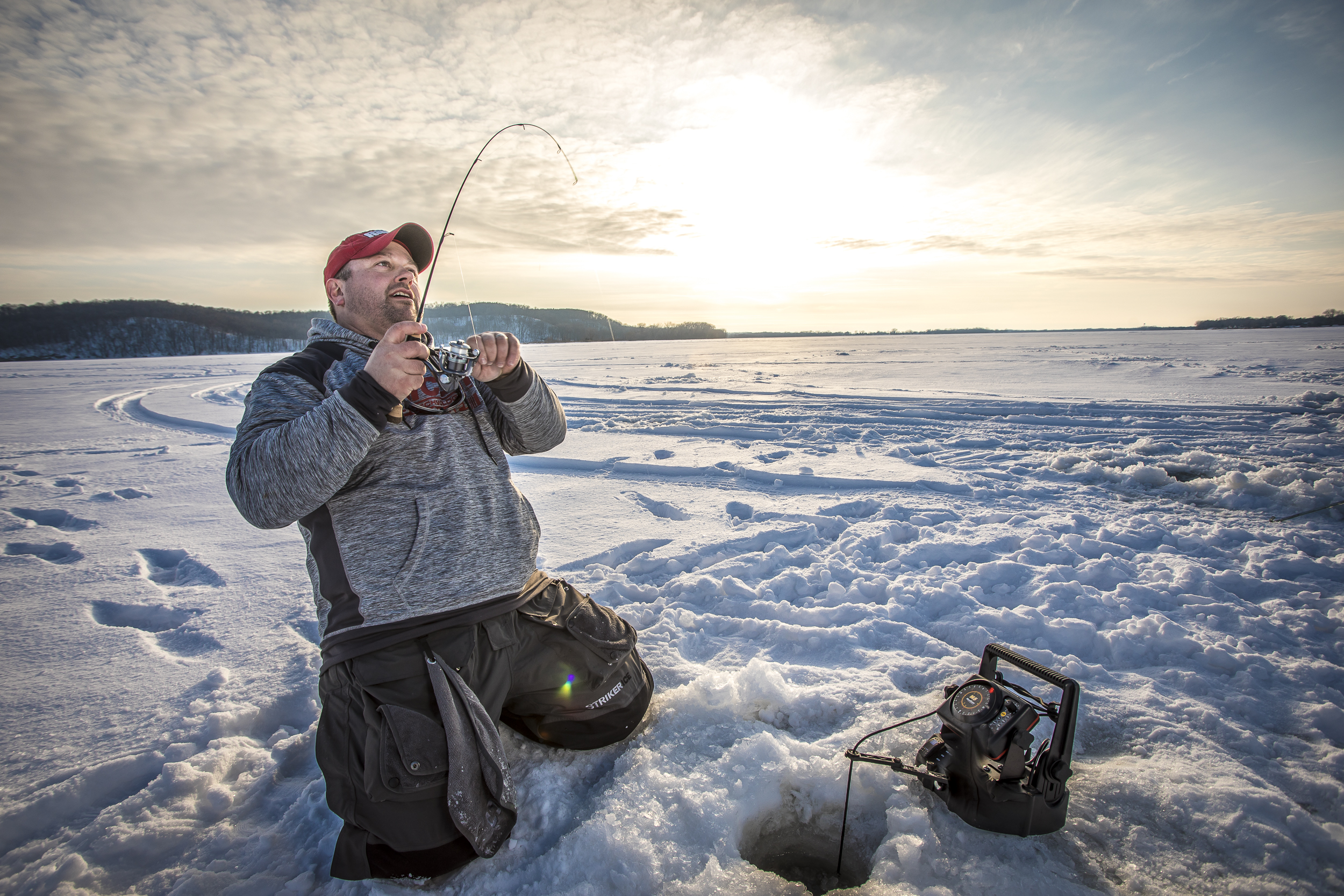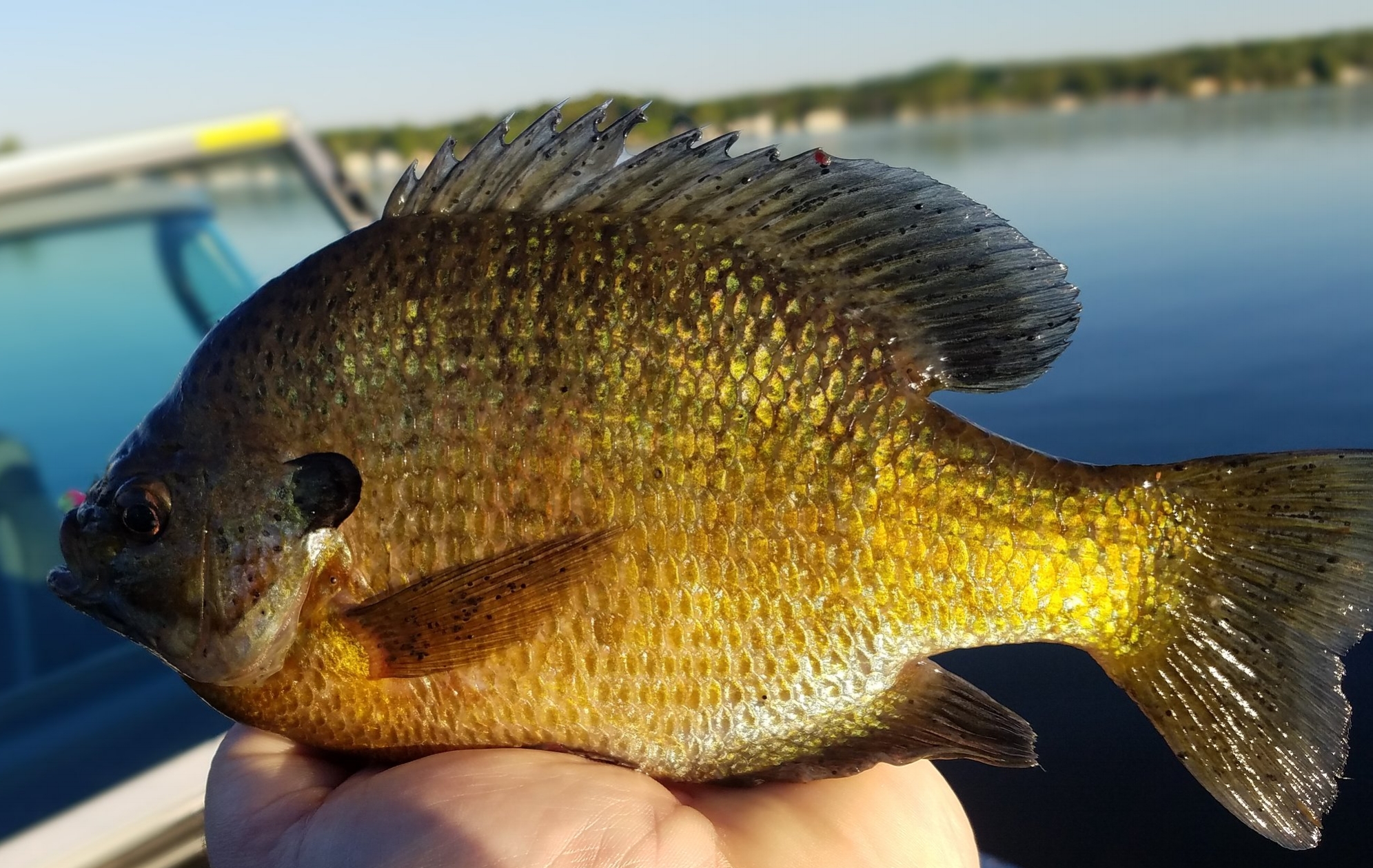It’s tough to beat a Shad Rap for multiple applications (trolling and casting) in both rivers and lakes.
Matt K. asks: Hey man, I was wondering if you have any recommendations for crankbaits being used for walleyes in shallow rocks (river dam)? Any help is greatly appreciated.
Thanks for the question Matt.
Truth be told, there’s alot of crankbaits on the market that work well for running shallow in river (or lake) situations. Fall is the perfect time to start transitioning to more of those offerings as well. The trick is really how you’ll be running them, and where-from. I’ll break down below the two applications I see most commonly, and some recommendations for each.
Keep in mind too that fall is a great time to up-size your offerings, but that it can run in conflict with your mission to fish shallow. Most larger crankbaits will have a larger lip and will dive to a deeper depth, but there’s ways to get around that too.
Trolling - Fall is a great time to go hawg hunting, with pronounced trolling bites occurring on full-moon nights, as well as large wind events in the shallows. For these bites, it’s good to think larger stick-baits once waters drop into the low-mid 50’s. Above that, think shad-style baits. In cold water, there’s a number of great options for popular stick baits, from #12 and #14 Husky Jerks to Rattlin’ Rogues, there’s a bunch of great lures to choose from that have been staples for some time.
For the shad style baits, I’ve had great success with variations of the Rapala Shallow Shad Rap. Both Jointed and Non-Jointed options work well, and I’ll run the jointed versions (which rattle) in murkier water, and larger (#7) versions of the bait in clearer water. Both are trolling go-to’s when shallow water is the key.
Specifically in rivers, I’m a huge fan of the #4 Shad Rap. The thing is smaller than you think, dives only slightly more shallow, but seems to be about right for most of the rivers I’m pulling when targeting late-summer and fall walleyes. It seems to be a good size for eater fish as well, and you’ll catch all kinds of other species on this downsizer crankbait!
Casting - I grew up fishing shallow rivers, and whether you’re on shore or on a boat, you’ve got some great options. The venerable shad raps are a perfect choice, especially in #4 or #5. They can get hard to cast with much wind or a rod that’s too stiff. This rod launches those small balsa baits a long ways, as it loads slowly and throws it more like a dart than the dreaded end-over-end tumble that tangles your line and robs your distance.
You can also consider lipless cranks in the right situations, and just work them quickly with a high-rod to avoid snags. Stick to #5 Rippin’ Raps in lakes or rivers for shallow fishing, and you can be rewarded with some great fishing. These are definitely big-fish baits.
Along with larger minnow imitations, keep those craw patterns in the lineup as well to test against. They can continue to produce, even in the hot colors, well into late-fall. For that reason, especially on small rivers, a classic has always been the Wee Crawfish. It’s another staple that will see a ton of multi-species interest.
Don’t forget for any crank you’ll be throwing or trolling to use some good quality snaps. Larger sizes will give the bait more range of motion, which can make all the difference. I use these for their larger loop-end.
Good luck and tight-lines!
Joel










